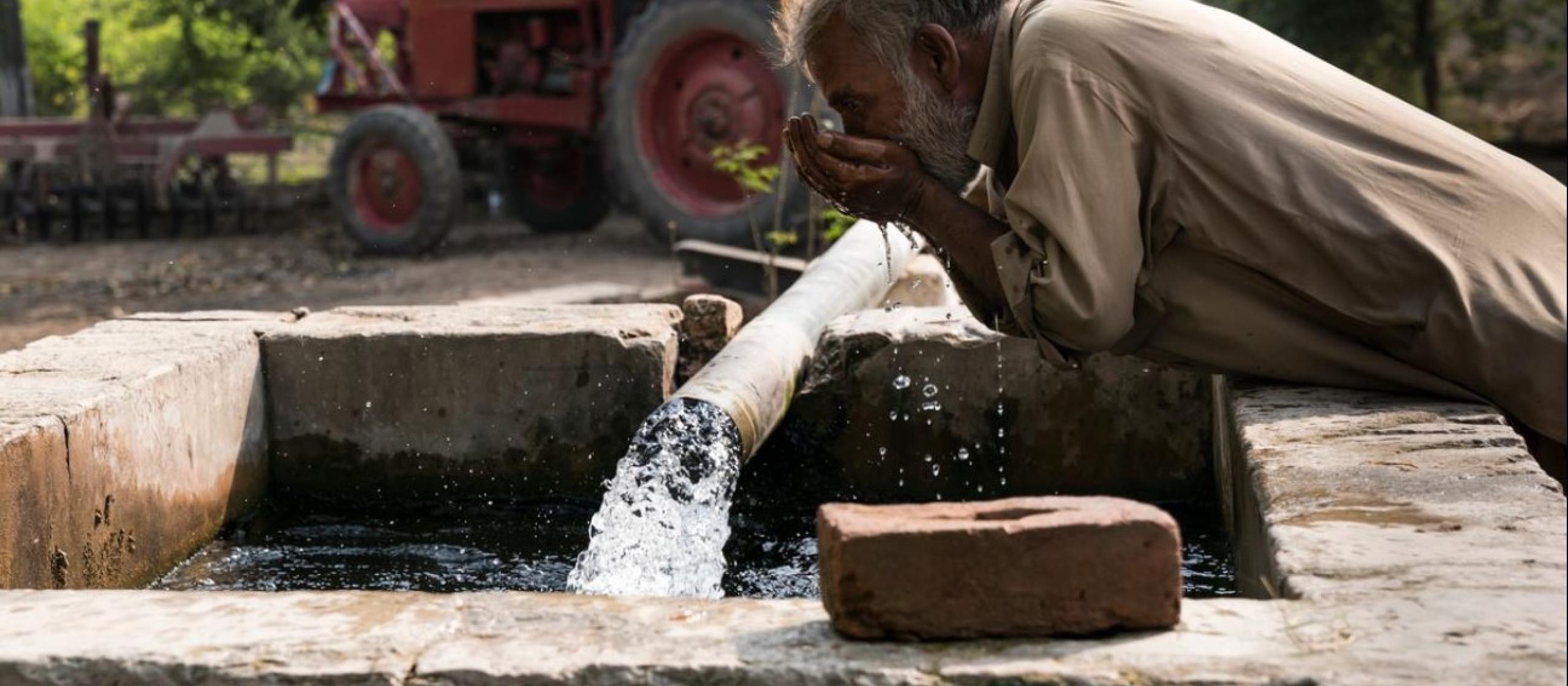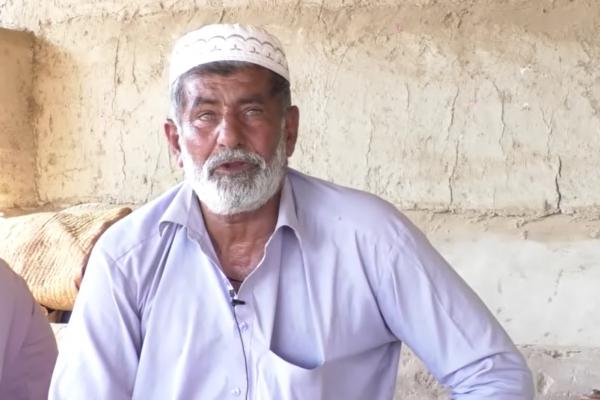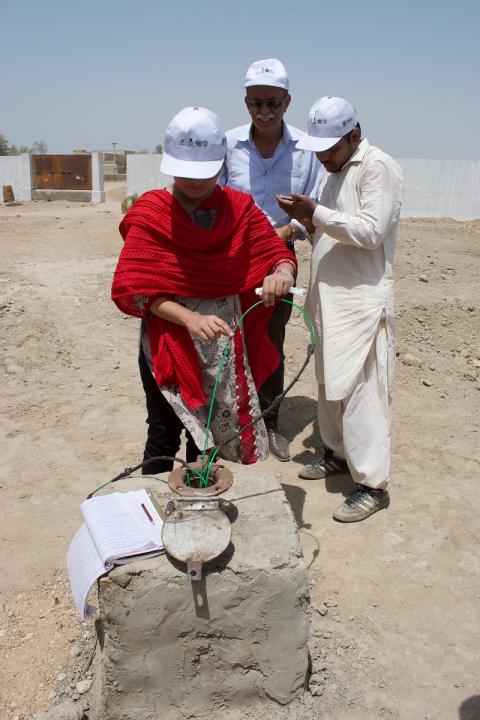- HomeHome
-
About ACIAR
- Our work
- Our people
-
Corporate information
- ACIAR Audit Committee
- Commission for International Agricultural Research
- Policy Advisory Council
- Agency reviews
- Executive remuneration disclosure
- Freedom of information (FOI)
- Gifts and benefits register
- Information publication scheme
- List of new agency files
- Contracts
- Legal services expenditure
- Privacy impact assessment register
- Commonwealth Child Safe Framework
- Benefits to Australia
- Careers
- 40 years of ACIAR
-
What we do
- Programs
- Cross-cutting areas
- Resources
- Where we work
-
Funding
- Research projects
- Fellowships
-
Scholarships
- John Allwright FellowshipScholarships to study in Australia for ACIAR partner country scientists to have Australian postgraduate qualifications
- ACIAR Pacific Agriculture Scholarships and Support and Climate Resilience Program
- Alumni Research Support Facility
- Publications
- News and Outreach
Date released
29 January 2020
Connecting Pakistan’s key users of water—including farmers—with water researchers and water decision-makers in government is seeing the country address its water scarcity and salinity challenge in a more integrated and effective way.
It is a solution that is intended to address the effects of water scarcity and salinity that farmers are facing, including having less land available for cultivation, needing to change to crops that require less water, and dealing with salt-affected soils, all of which result in lower production and a reduced income.
‘I have just 15 acres [six hectares] but due to a shortage of water half of my land is fallow land, especially during kharif [monsoon season],’ says Ghulam Nabi, a Pakistani farmer whose property is at the tail-end of a canal distributary in Sindh province. ‘We have an acute shortage of water and our land is highly affected by brackish water if we use groundwater. We cannot continuously irrigate our land with tube well [ground] water because it deteriorates the quality of our soils.’
Moreover, he adds, he has to source drinking water from elsewhere because the groundwater is simply not potable.
Water scarcity
According to the Global Climate Risk Index, Pakistan is among the 10 countries most affected by extreme weather events. The Pakistan Council of Research in Water Resources predicts the country will approach ‘absolute scarcity’ of water by 2025.
The population of more than 200 million people is growing rapidly, increasing the demand on water. Pakistan is heavily reliant on agriculture, which contributes about one-fifth of the economy and provides employment for more than 40% of citizens. At the same time, agriculture accounts for a staggering 95% of total water consumption.
Pakistan is heavily dependent on a single source of water: the Indus River basin. The immediate challenge is inequities in surface water distribution resulting in less water being available at the tailend of canals and distributaries, which increases the shift to groundwater for both agriculture and domestic use. The consequences of the increased water use are severe depletion and salinity.
It is estimated that in the Indus Basin about 14–15 million tonnes of salt leaches into irrigation water each year, says Dr Jay Punthakey, hydrologist and adjunct professor at Charles Sturt University (CSU). Dr Punthaykey is also Director of Groundwater and Environment for Ecoseal Developments, a company that provides services in groundwater and seawater intrusion modelling and water resource management.
He says that in the Punjab region of eastern Pakistan groundwater depletion occurs in parts of the lower reaches of irrigation systems due to insufficient surface water supplies. ‘The areas we are working in are highly complex groundwater systems where large amounts of groundwater are being used for agriculture,’ he says.
The situation in the Balochistan province, in the south of Pakistan, is worse as it is almost entirely dependent on groundwater, compounded by excessive extraction over decades. In addition, there is now an increase in the incidence of drought, and water is scarce and costly to access.
The country is now at a crossroad, needing to manage risks better. New water policies are being developed that could provide a guiding framework on actions required by federal and provincial governments.
Taking action
Farmers are keen to find better solutions. In a video produced by Dr Tehmina Mangan, Professor of Economics in the Faculty of Agricultural Social Sciences at Sindh Agriculture University in Tandojam, Pakistan, Mr Nabi and other Pakistani farmers expressed their plight and resulting interest in understanding and applying new water saving technologies. The university is participating in an ACIAR-supported project established to build Pakistan’s capacity to improve groundwater management in ways that enhance farming family livelihoods.
Led by Dr Punthakey, the project builds on earlier work that established the means for modelling groundwater, using a case study in Punjab. Central to the project is active collaboration among researchers, research institutes, farmers, farming communities and relevant government and non-government agencies.
‘The current project focuses on how to build capacity of responsible government agencies in Pakistan and to extend our experience with the provincial irrigation department in Punjab to engage with other irrigation departments in Sindh and Balochistan,’ says Dr Michael Mitchell, collaborator with Dr Punthakey and a social scientist at Charles Sturt University (CSU).
Building bridges and partnerships between the different parties is core to the work, according to Dr Robyn Johnston, ACIAR Water and Climate Research Program Manager.
‘In this project there is a very strong focus on working with local agencies and universities to develop skills and capability,’ says Dr Johnston.
‘There is an emphasis on partnerships with Pakistani researchers; and the project plays a role in brokering cooperation between the universities and the irrigation departments. It brings experience from Australia with working with farming communities to understand their information needs.’
Faizanl ul Hasan, a water resources research engineer based at the Pakistan Council of Research in Water Resources and the project’s National Coordinator explained that there are three provinces in the purview of this project with all relevant partners facing a diversity of groundwater management issues and a consumption paradigm driven by users. The project brings researchers and irrigation system managers together with farmers to aim for more holistic water resources management.
Mr Hasan adds that the relationship between freshwater availability and the total national water resource is becoming so complex, with rising governance issues, that the only way forward is to have informed stakeholder participation.
According to Dr Punthakey, the project participants now better understand and appreciate the data on groundwater in addition to their previous knowledge of surface water. Another important change is the increasing interaction between researchers at universities and Pakistani irrigation departments.
‘Previously in Pakistan, university researchers often worked on their own; the only interaction with irrigation departments was in the form of obtaining data. Working together with researchers provides an avenue for innovation by researchers and irrigation departments developing in a colearning environment and provides a mechanism for introducing research findings into the irrigation departments,’ Dr Punthakey says.
Dr Punthakey says that through the project’s case studies there is now evidence ‘that capacities are being built within irrigation departments, especially through their interactions with groundwater modellers at universities and with a range of other stakeholders at a local scale’.
Case studies were selected following participatory rural appraisals which saw teams of Pakistan-based project members—from universities, irrigation departments, the Pakistan Council of Research in Water Resources and NGOs—listen to village farmers speak about their issues, hopes and opportunities. The project team learned about not only the groundwater issues but how those issues affected the daily lives of farming families.
Dr Catherine Allan, another social scientist at CSU on the team, says each area visited had different sets of issues and opportunities. For example, one village in District Sahiwal in Punjab had many poor farmers using saline groundwater but they had fertile soil and good access to markets, while another village in the same district had fewer poor farmers and slightly better groundwater but this was more expensive to access because it was deeper, and they were a long way from markets.
In 2020, the final year of the project, the team will continue working with farming families at the case study level.
‘Action plans for each case study area have been, or are being, developed,’ says Dr Mitchell. The result will hopefully be a coordinated response that more comprehensively addresses the complex and pressing water management challenge Pakistan faces.






